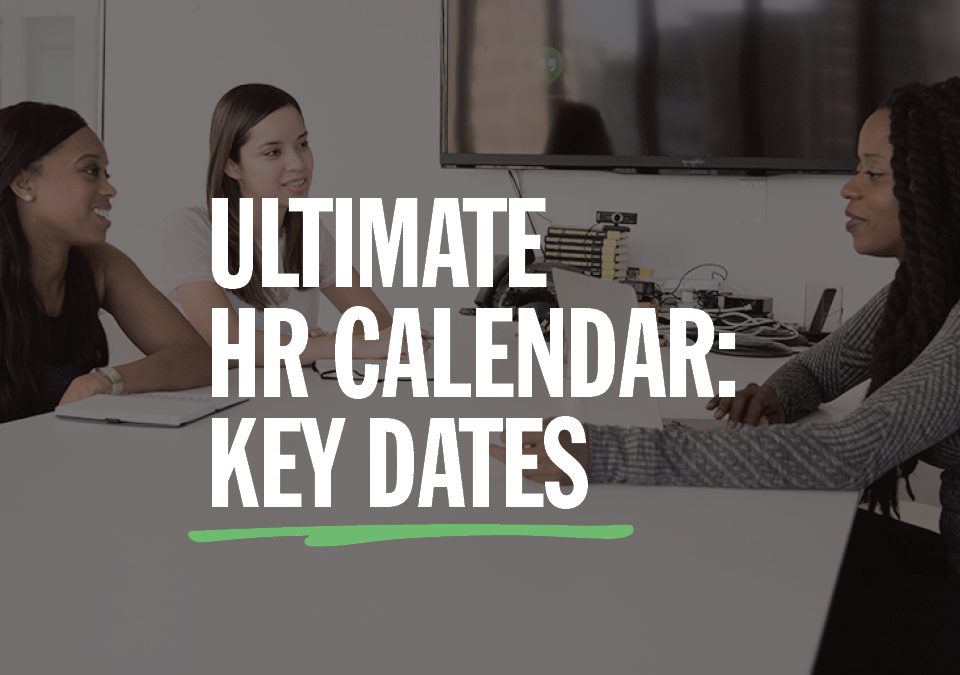Being Flexible About Flexibility
A flexible work environment has become more than an added perk. In our episode of our new “Transitioning Well Presents” podcast on flexibility, we were joined by CEO and Founder of Hot Toast, Sarah Lawrance, Partner at HR Legal, Georgie Chapman, and Managing Director at Transitioning Well, Justine Alter to talk all things flexibility in the workplace.
From the different ways employees can work flexibly and how to communicate flexibility with your clients to what you need to know from a legal point of view, and why we need to be flexible about flexibility.
On managing flexibility with a flexible team
The conversation highlighted the numerous benefits of flexibility, including attracting and retaining top talent, improving work-life balance, as Sarah Lawrance, CEO of Hot Toast says, “Flexibility has been a massive win for us in terms of attracting the right people, retaining the right staff but also remembering what we’re here for, and that’s our families and to get that balance in our life.”
Listen to the podcast here:
However, implementing flexibility effectively can be a challenge, particularly for small businesses. Sarah acknowledges the hurdles she faced in creating a flexible work environment. While initially offering complete freedom, Lawrance found it unsustainable as the company grew. Lawrance herself admits, “We had to pull it back a bit so we had a few accountability points in our week, and also so the junior members of staff had support and training.” The solution? Striking a balance between flexibility and accountability, ensuring clear communication to maintain productivity.
On creative solutions
For businesses operating in industries where traditional nine-to-five schedules are the norm, the concept of flexibility requires creative solutions. Justine suggests challenging assumptions and exploring options like job sharing. This approach, when implemented effectively, can be a win-win for both employers and employees.
“One of the things I think is very under-utilised is job sharing,” says Justine. “When it’s done well, it’s the solution to so many things but it has its limitations. And giving people flexibility by making sure you have enough coverage, and challenging assumptions. A lot of the time workers or employers are doing things just because it’s the way its always been done.”
Why communication is key
Transparency and clear communication are key for a successful flexible work environment. Sarah Lawrance highlights the importance of setting expectations with clients from the outset. She says, “When we onboard clients, we’re really clear that this isn’t the type of organisation where people are working five days a week. And that they know that we work as a team.” Employers need to ensure they have sufficient coverage for situations where employees need to adjust their schedules.
“If you are a small business owner listening to this, that becomes the cornerstone to how you actually do flexibility an execution level.”
Flexibility for all ages and stages
Georgie Chapman, a partner at HR Legal, emphasises that flexibility shouldn’t be solely viewed as a benefit for parents. It should cater to individuals at all stages of their careers, allowing them to manage personal commitments alongside professional goals. This requires a business-wide shift in mindset, with all levels of the organisation embracing flexibility and fostering a supportive team environment, as Justine says “It’s about every level of the organisation embracing flexibility and having a team that can support people to be their best at work.”
Flexibility in the workplace is not a fixed concept. It’s an ongoing process that requires adaptation and clear communication. By embracing flexibility with a nuanced approach, businesses of all sizes can create a work environment that fosters productivity, employee satisfaction, and a healthy work-life balance.
Visit the Parent Well for more resources to support the transition from ‘working person’ to ‘working parent’. And for more episodes of Transitioning Well Presents visit https://www.theparentwell.com.au/podcast/



